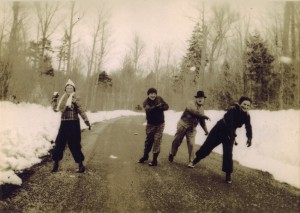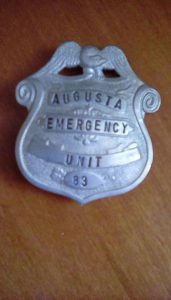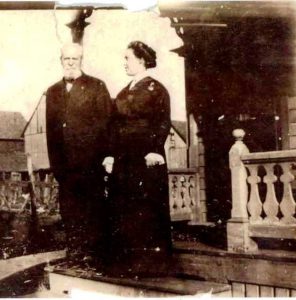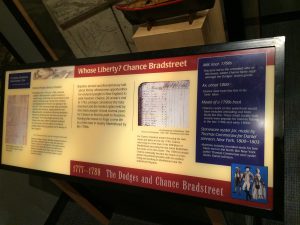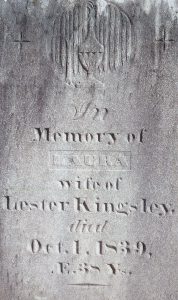
As a researcher at NEHGS, I have learned a great deal about genealogy and have gradually implemented various research strategies as I encountered them, typically by asking my extremely intelligent coworkers what they would do with any given case. However, I tend to learn from doing rather than simply from having someone tell me what to do or how to do it. Which leads me to one case in particular that has really stuck with me as a learning experience, the ancestry of Laura (Smith) Kingsley.
When the records are not there for a certain individual you are researching, one suggestion is to look into other people in the family including siblings, aunts and uncles, in-laws, etc. I admit that when I began doing genealogy I did not fully comprehend how looking at someone other than the research subject would help with my research efforts. However, the case of Laura Smith Kingsley lit up the imaginary light bulb over my head and helped to illustrate situations such as these. Continue reading Circumstantial evidence



